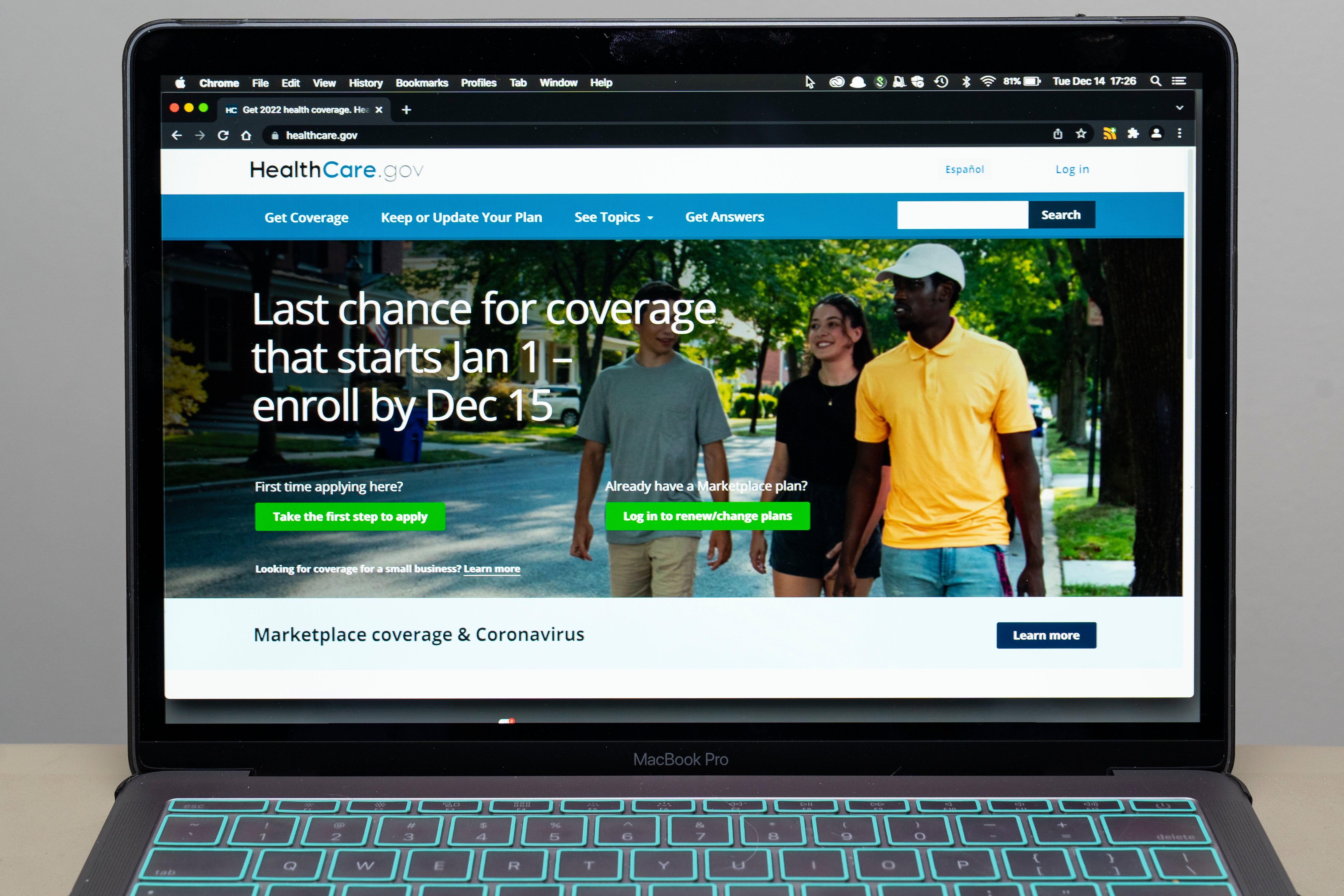What’s new for Medicare in 2023?
A new year means changes to Medicare, including updated premiums and deductibles and sometimes big policy moves

Your support helps us to tell the story
From reproductive rights to climate change to Big Tech, The Independent is on the ground when the story is developing. Whether it's investigating the financials of Elon Musk's pro-Trump PAC or producing our latest documentary, 'The A Word', which shines a light on the American women fighting for reproductive rights, we know how important it is to parse out the facts from the messaging.
At such a critical moment in US history, we need reporters on the ground. Your donation allows us to keep sending journalists to speak to both sides of the story.
The Independent is trusted by Americans across the entire political spectrum. And unlike many other quality news outlets, we choose not to lock Americans out of our reporting and analysis with paywalls. We believe quality journalism should be available to everyone, paid for by those who can afford it.
Your support makes all the difference.A new year means changes to Medicare, including updated premiums and deductibles and sometimes big policy moves. In 2023, there’s a little of everything: Some costs have gone down, others have increased, and there are some notable tweaks to how Medicare works.
Understanding what’s new can help you get the most from your Medicare benefits. Here are some key 2023 updates, according to the Centers for Medicare & Medicaid Services.
PART B COSTS HAVE GONE DOWN
Medicare Part B is medical insurance that covers needs like doctor visits and durable medical equipment, such as wheelchairs and walkers . Everyone pays a Part B monthly premium , even people with Medicare Advantage plans.
In 2023, the Part B standard premium is $164.90 per month, down from $170.10 per month in 2022. If you have a higher income, you may pay more . The Part B deductible dropped to $226 in 2023, down from $233 in 2022.
PART A COSTS HAVE GONE UP
Medicare Part A is hospital insurance that covers inpatient stays in a hospital or skilled nursing facility. Most people don’t pay a premium for Part A , but for those who do, those premiums increased to $506 per month, up from $499 in 2022. And the deductible for a hospital stay is $1,600 in 2023 for each benefit period, up from $1,556 in 2022.
Copays for inpatient stays in hospitals and skilled nursing facilities are also up. These are costs per benefit period:
— $400 per day for days 61 to 90 in a hospital (up from $389).
— $800 per “lifetime reserve day” after day 90 in a hospital, up to a limit of 60 days in your lifetime (up from $778).
— $200 per day for days 21 to 100 in a skilled nursing facility (up from $194.50).
INSULIN COSTS ARE CAPPED
New this year, insulin costs are limited to $35 a month for Medicare beneficiaries, and there is no deductible. Although the change went into effect Jan. 1, plans have a deadline of March to put this system in place. If you pay more than $35 a month for insulin in January and/or February, ask your plan about reimbursement for the overage.
Starting in July, insulin used with a traditional pump covered by Medicare will also be capped at $35 for a month’s supply.
MEDICARE START DATES HAVE SHIFTED
It used to be that for certain Medicare sign-up times, your coverage started two to three months later, which could cause gaps in health care. Starting this year, those dates have changed.
If you sign up for Medicare the month of your 65th birthday or during the three months after, your coverage now starts the month after you sign up . Similarly, if you sign up for Medicare during the general enrollment period from Jan. 1 to March 31 each year, your coverage starts the next month. (It used to start July 1.)
SHINGLES VACCINES ARE COVERED
All adult vaccines covered under Medicare Part D and recommended by the Advisory Committee on Immunization Practices are now covered in full. This includes the shingles vaccine and the tetanus-diphtheria-whooping cough vaccine. Previously, these vaccines may have been subject to deductibles and cost sharing.
MEDICARE ADVANTAGE PLAN RATINGS ARE LOWER
Each year, the Centers for Medicare & Medicaid Services gives every Medicare Advantage plan a star rating ranging from 1 to 5, with 5 being excellent. Overall, the average star rating for Medicare Advantage plans, weighted by enrollment, is 4.15 in 2023, down from 4.37 in 2022 . This change doesn’t mean quality has dropped.
In fact, last year’s plan ratings were unusually high because of a pandemic policy that applied a natural disaster exception to all Medicare Advantage plans — instead of just the ones in areas affected by something like a hurricane or flood. As a result, plan ratings in 2022 were higher than usual, and this year’s correction likely represents a truer rating of plans.
PEOPLE WITH END-STAGE RENAL DISEASE CAN GET MORE DRUG COVERAGE
Medicare beneficiaries with end-stage renal disease used to lose their benefits 36 months after a kidney transplant, unless they were otherwise eligible for Medicare. But starting in October, they could apply for immunosuppressive drug coverage through a new benefit called Medicare Part B Immunosuppressive Drug , or Part B-ID, which started Jan. 1.
The premium for this benefit is $97.10 per month in 2023. This benefit covers only continuous immunosuppressive drugs, and these beneficiaries cannot have other health coverage.
__________________________________
This article was provided to The Associated Press by the personal finance site NerdWallet. Kate Ashford is a writer at NerdWallet. Email: kashford@nerdwallet.com. Twitter: @kateashford.
RELATED LINK:
NerdWallet: Medicare premiums and deductibles: What you’ll pay in 2023 https://bit.ly/nerdwallet-medicare-premiums-and-deductibles